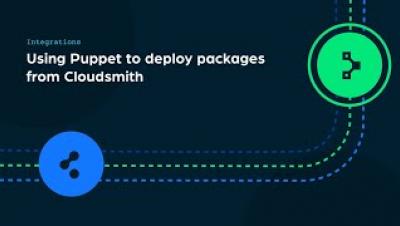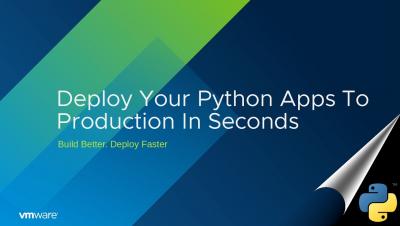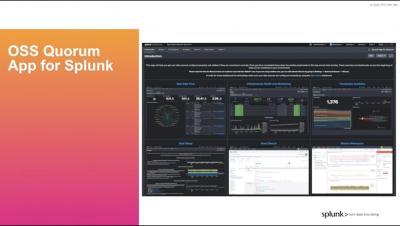Micro Lesson: Creating a Partition
This video shows you how to create a partition in Sumo Logic. The step-by-step approach mentioned here helps you learn how to navigate in the UI, enter details to create a partition and enhance search performance using Sumo Logic.











